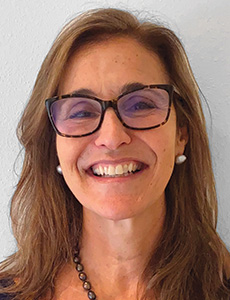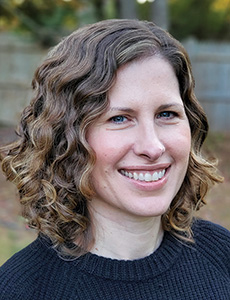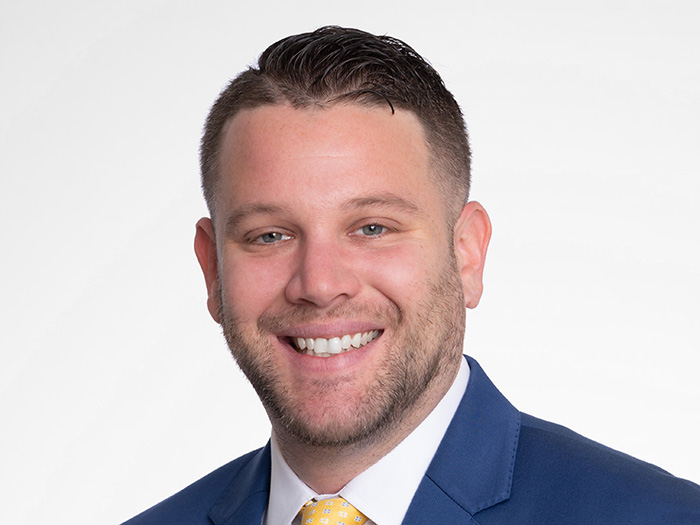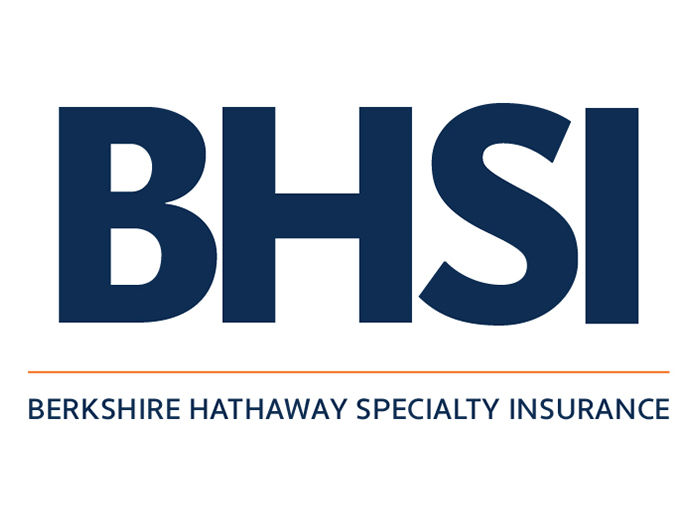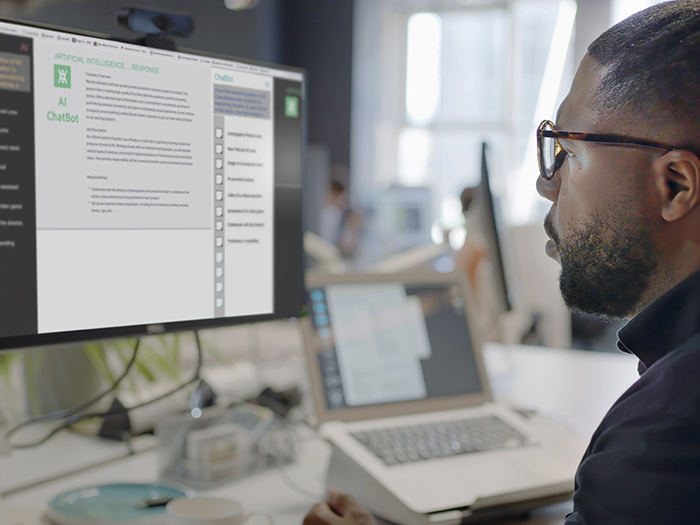Violence, Burnout and Climate Change Are Just Part of Why Today’s Health Care Risk Landscape Is So Volatile

The past few years have been tumultuous for virtually every sector of the economy, and the health care industry is no exception. Some of these challenges are industry-specific and some encompass broader issues that seem to be hitting the health care industry particularly hard, but they all come with added risk.
“The biggest-picture thing is the financial pressure under which hospitals are operating,” said Gigi Norris, DrPH, managing director of Marsh’s U.S. health care practice. “U.S. not-for-profit hospitals had a median operating margin of 1.7% in 2020 … down from 3.5% in 2019. And for the last couple of years, they’ve been receiving extra CARES Act funding in respect of COVID. That money is now going away.”
Workforce Challenges
As in many industries, one of the biggest current challenges is staffing, which, according to Norris, can account for more than 50% of a hospital’s expenses.
“Unfortunately, those things that we saw happening in the pandemic, that kind of burnout effect, haven’t entirely subsided,” said Norris. “Some folks are still leaving. They’ve got to be replaced, and they’re being replaced at a higher cost, or they’re being replaced by agency and traveling nurses. So that’s increased the expense burden.”
According to Norris, there are currently an estimated 2 million unfilled health care jobs in the U.S., with an anticipated shortage of 9.7 million low-wage health care positions by 2030.
“And those low-wage health care workers, they’re the ones we’re really going to depend on, because as our population ages, we’re going to need more and more senior and long-term care type services,” Norris said, adding that many of these workers can make similar money with less stress in other occupations.
Such staffing issues can lead to increased claims.
“In general, having hired staff as opposed to employed staff, pool nurses et cetera — that is inherently risky, not because those folks are bad or not smart in any way, but they don’t have the same knowledge of the system, of the people, [of] the lay of the land, in terms of the hospital,” said Kris Oliveira, RN, vice president, clinical risk, health care, Gallagher.
Oliveira adds that these workforce issues can extend to a company’s highest levels, undermining confidence in management and causing disruption and dissatisfaction that can result in lawsuits.
Monica DiCesare, Liberty Mutual’s chief underwriting officer of liability products, health care, points out that inadequate resources can lead to distraction and errors, contributing to professional liability concerns and exacerbating work comp claims.
“If there’s not enough staff to keep the facilities cleaned or the floors cleaned regularly, you can have more slip and falls, or if there aren’t enough staff and they’re trying to lift a patient on their own as opposed to having assistance, that could lead to injuries,” DiCesare said.
Health care facilities can be dangerous places to work.
“The injury rate for general medical and surgical hospitals is 6.1 per hundred workers. That’s 2.3 times higher than the private sector U.S. average [and] 12.2 times higher than the oil and gas extraction industry. So if you’re out working on an oil rig in the Pacific, you are actually safer than you are working in a hospital,” Norris said.
One growing source of injuries is violence.
“Traditionally, in hospitals, you saw needle sticks, you saw injuries that were due to patient lifting and handling. And now, one of the things that’s really changed is that we see injuries related to violence,” Norris said.
“Such incidents can be extreme, like active shooters, but can also just be patients and families striking out against health care providers,” Norris added. “People are not at their best when they or their loved ones are in the hospital. And particularly in an environment where there’s a shortage of workers, people get increasingly frustrated.”
Oliveira recommends that clients assess facilities’ external environments for hiding areas and poor lighting
and make sure there are panic buttons for staff.
“Violence risk should be a conversation and really should be a standing agenda item for meetings … It should be a standing issue related to stress, burnout et cetera. It’s absolutely front and center as something that keeps us up at night,” Oliveira said.
Legal Landscape
The shifting legal landscape is another area of concern for the health care system, including increases in severe health care professional liability claims — sometimes in unexpected venues.
Norris cited a recent $97 million verdict in Iowa and another of more than $100 million in suburban Minnesota.
“So, Iowa, Minnesota — not traditionally difficult venues, and these hospitals may not have insurance limits to contend with claims of that magnitude,” Norris said. “The trends in social inflation that are resulting in more frequent, severe claims are also making the cost of insurance higher for everybody.”
DiCesare cites changing jury pools and other factors.
“There are some broad issues going on, such as social inflation, litigation funding, the whole idea of younger jury populations and how they may be making different decisions in different ways than we’ve seen in the past, relying more on their perception of the defendant as opposed to more objective guidelines and precedent, which can just make outcomes more difficult to predict in a trial,” DiCesare said.
Health care entities are also having to spend more to defend and prepare for these suits. “They’re just a lot more complex now than they have been in the past, and there’s a lot more things they have to think about,” DiCesare said.
The overturning of Roe v. Wade presents other complications.
“The peel-back of Roe v. Wade, in some states and settings, it really says that the provider may not be able to exercise the appropriate standard of care to protect the health of their patient,” Norris said.
“Hospitals could be at risk of medical malpractice because they have not been able to provide the standard of care to a woman who is in distress for one reason or another, and that woman suffers adverse consequences.”
The situation is driving some providers to leave their specialty, their state or health care altogether, and thereby exacerbating staffing shortages.
Technology Risks
Norris also cites the “fast and furious” growth of technologies like generative AI.
“We’re all putting our heads together to think about how the use of AI will change the nature of risk in a health care delivery setting,” she said.
Norris is optimistic these technologies can help decrease errors and cost, increase patient engagement and provide new opportunities for data analytics and insights.
“The data that we’re going to have access to and the way that we’re going to be able to look at it with AI and generative AI is unprecedented and has real potential to enhance health at a population level,” she said.
Oliveira agreed, citing as one example the ability to use data for peer-to-peer comparisons.
“Dr. A to Dr. B: It’s an interesting way to say, ‘Okay, somebody has pretty much the same mix of patients, but one doctor might be costing a little bit more for labs et cetera,’ ” she said.
“Physicians make decisions based on the best interest of the patient. So you can’t just look at the money, but you also can’t be naive about that.”
There are, however, concerns about bias.
“Bias is built into AI. I think that that’s a fact, unfortunately, but the good news is we’re aware of it,” said Oliveira, who points out that caregivers as well as patients can be harmed by bias.
DiCesare urges a cautious approach.
“Any organization that’s starting to use these technologies really needs to do so cautiously and with a lot of monitoring in the beginning, just to make sure that biases aren’t creeping through and potentially creating additional risk for them,” DiCesare said.
More established technologies like telehealth continue to present challenges as well.
DiCesare said that concerns about claims from misdiagnoses or missed diagnoses arising from caregivers’ inability to touch or see patients in person have not materialized, but other risks remain.
“I do think the risks are more complex when you talk about telemedicine and delivering care virtually or through some digital platform, because it’s not just the professional liability. There are cyber and tech E&O exposures that get folded into that as well,” DiCesare said.
“A combined form or policy that addresses all of those risks can eliminate some of the potential coverage gaps that health care companies may have if they’ve got
a separate cyber policy, a separate PLGL policy.”
DiCesare points out that the scope of how technology is used is also important.
“If they’re purely trying to shift some standard work like reviewing charts or things like that to virtual rather than in-hospital staff, that’s not as big of an issue as if they’re starting to introduce AI,” she said.
As with all these factors, the pace of change itself can be a challenge.
“There’s a lot of new technology coming into the health care space,
and dealing with people not being trained properly on it can lead to errors or just frustration if it’s not working the way it should,” DiCesare said.
Climate and Extreme Weather
Climate change is another broad trend impacting the health care industry.
“We’re seeing climate or weather events happen where they’ve never happened before. That big freeze in Texas a year or so ago had some really adverse effects for a number of hospitals,” said Norris, who also cited increased hurricane and wildfire activity.
Risk is especially elevated when evacuations become necessary. “If you have to evacuate a hospital, that’s a pretty significant event — potentially risky for patients, and costly.”
Oliveira points out that weather extremes can present unique risks for senior care facilities, whose residents may be particularly susceptible to the elements and prone to wandering off or getting locked out. Extreme temperatures can also strain climate control systems, the failure of which could be catastrophic.
Other Trends
“Care is shifting out of the hospital, not just into the home but also to outpatient facilities,” DiCesare said.
“There’s a growing need for that … and there’s a lot of new risks that are starting up and looking for coverage.”
Oliveira sees urgent care facilities as a welcome development in easing the burden on hospitals, but she has concerns.
“What they have to do is prepare for anything,” Oliveira said. “No matter what the sign is on the door … that standard of care has to be the same. And sometimes, that leaves people vulnerable if there are lawsuits or there is a dissatisfied patient.”
Ultimately, all of these stresses can exacerbate each other. Even seemingly innocuous changes — such as the move toward value-based care, heightened M&A activity, and the growing emphasis on ESG and health care equity — can add to existing stresses simply by requiring procedural changes at a time when reduced and less-experienced staff are struggling to keep up with the basic demands of their jobs.
“Any tool that can be helpful and keep the patient’s best interest in mind is always a good thing,” Oliveira said. “It’s the idea of balance and education and training, which can never end. It’s all going to be ongoing. This is a constant learning process.” &

